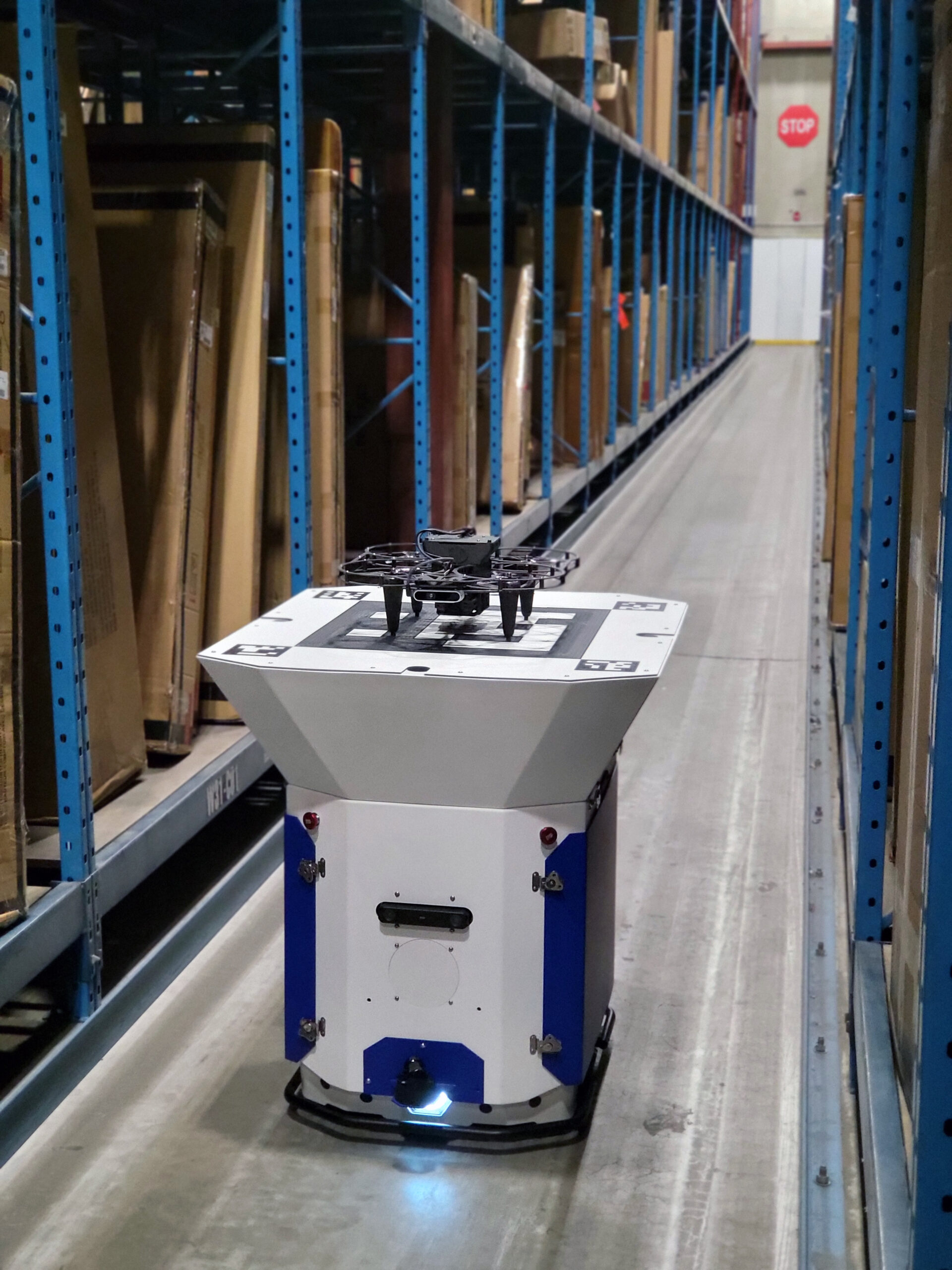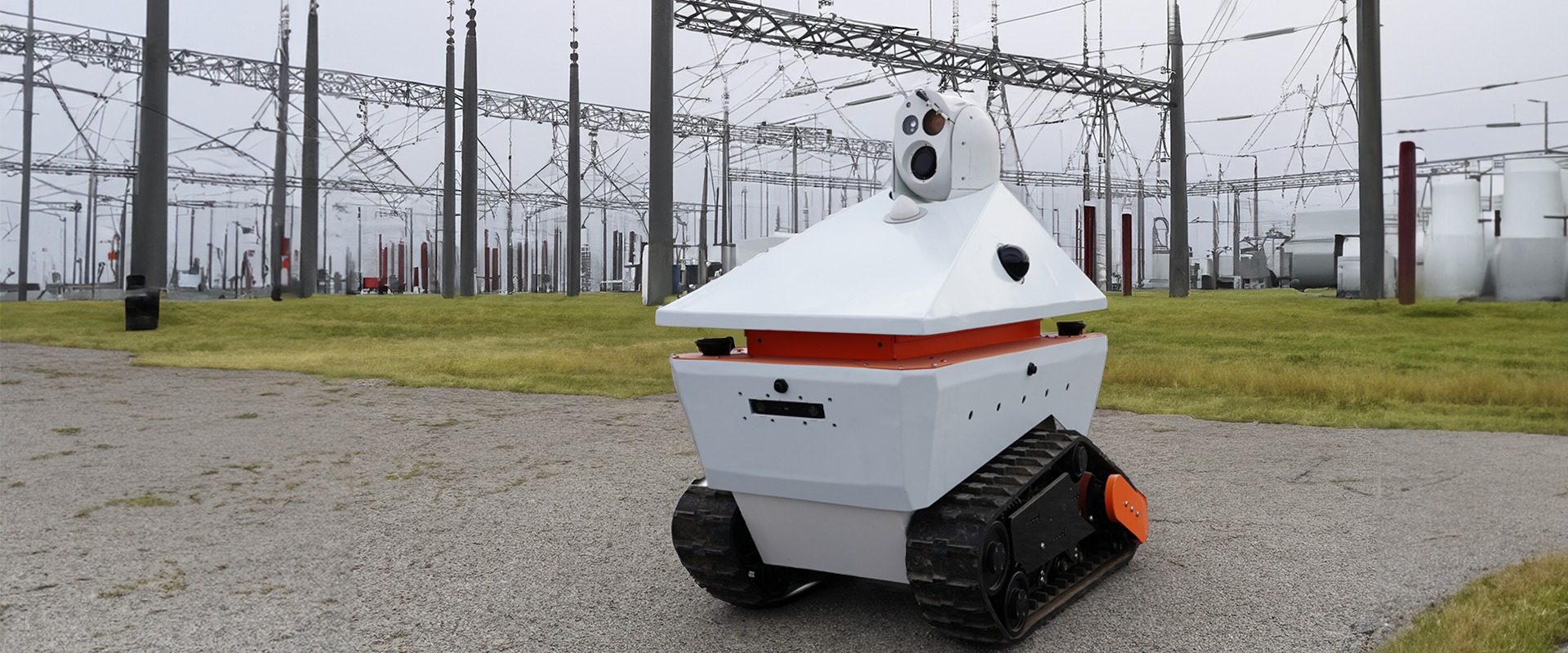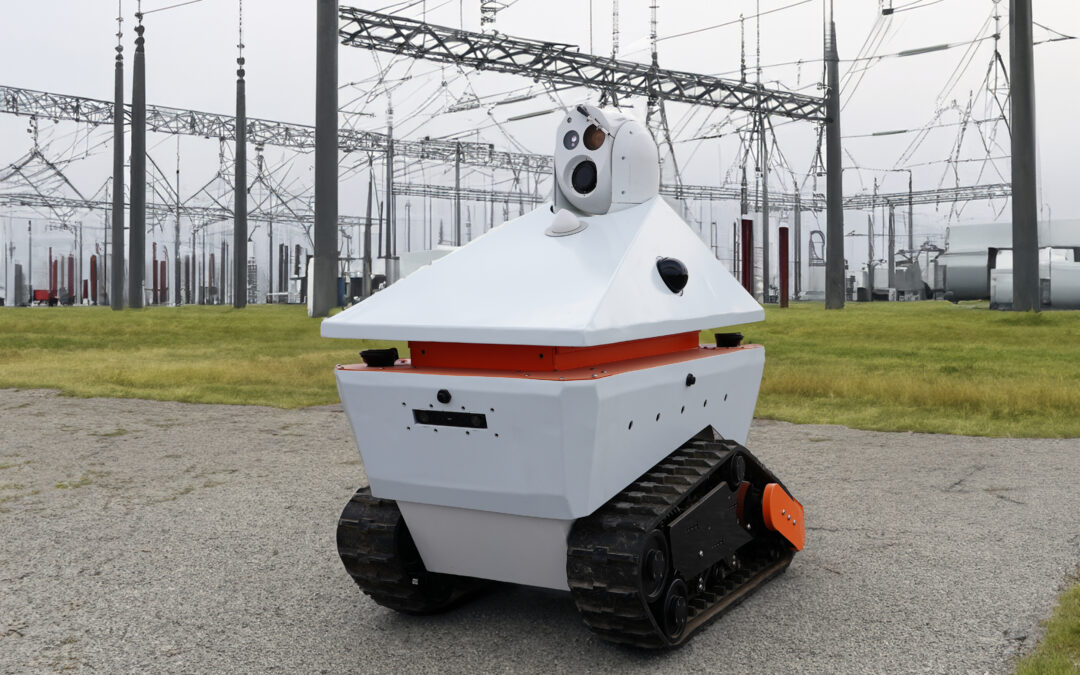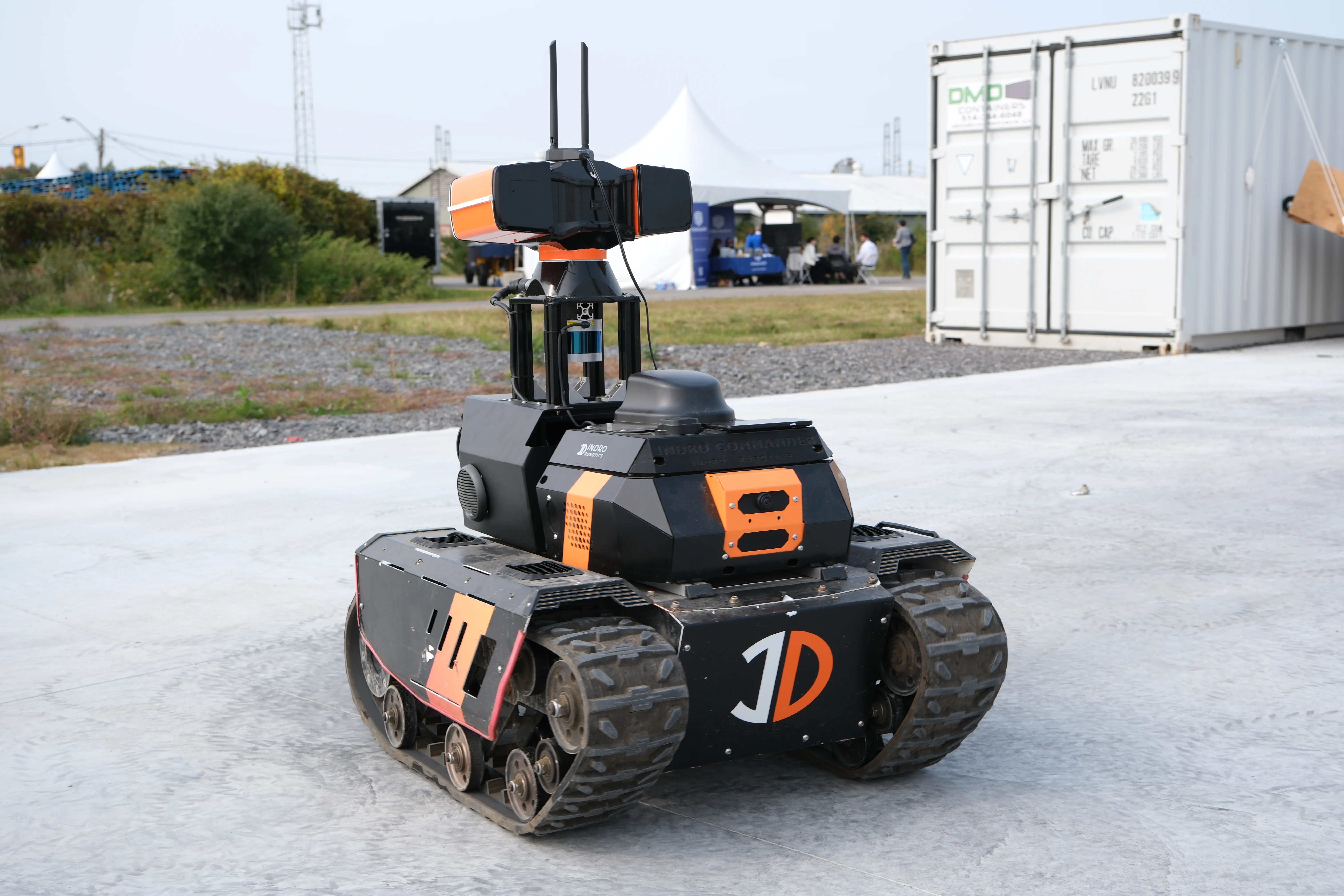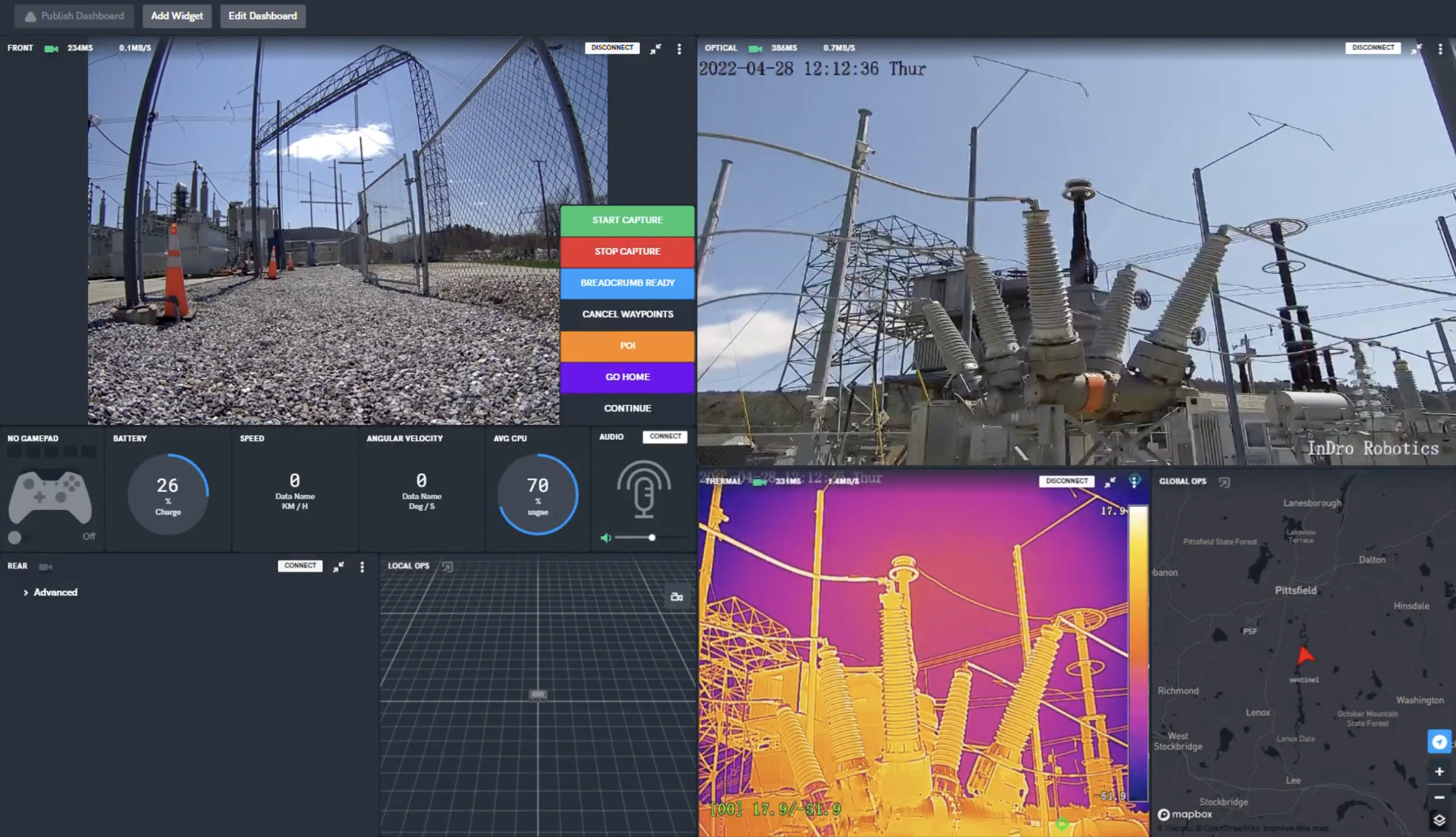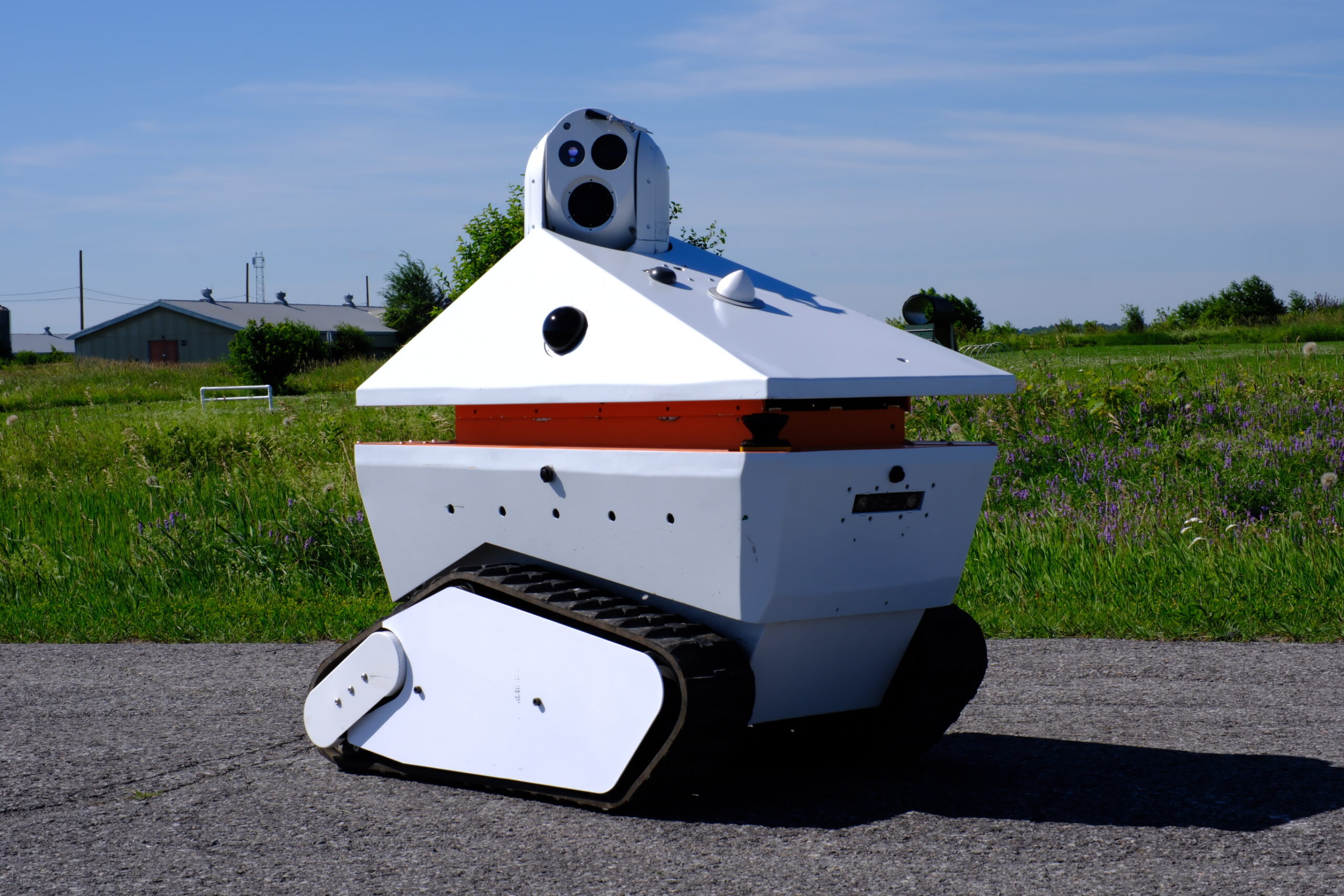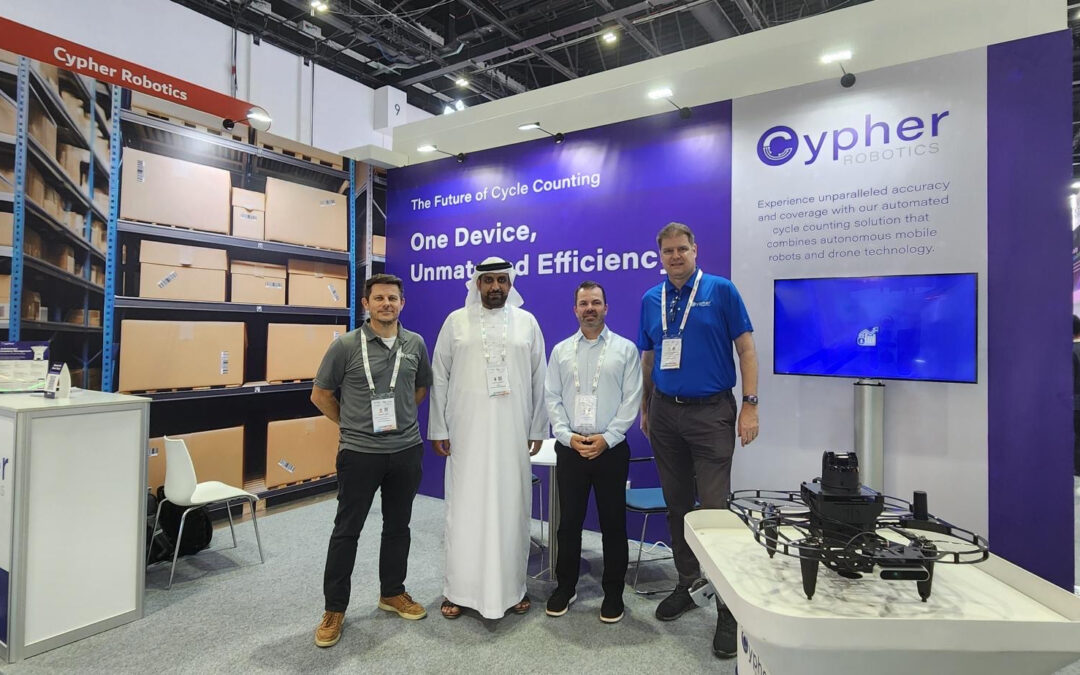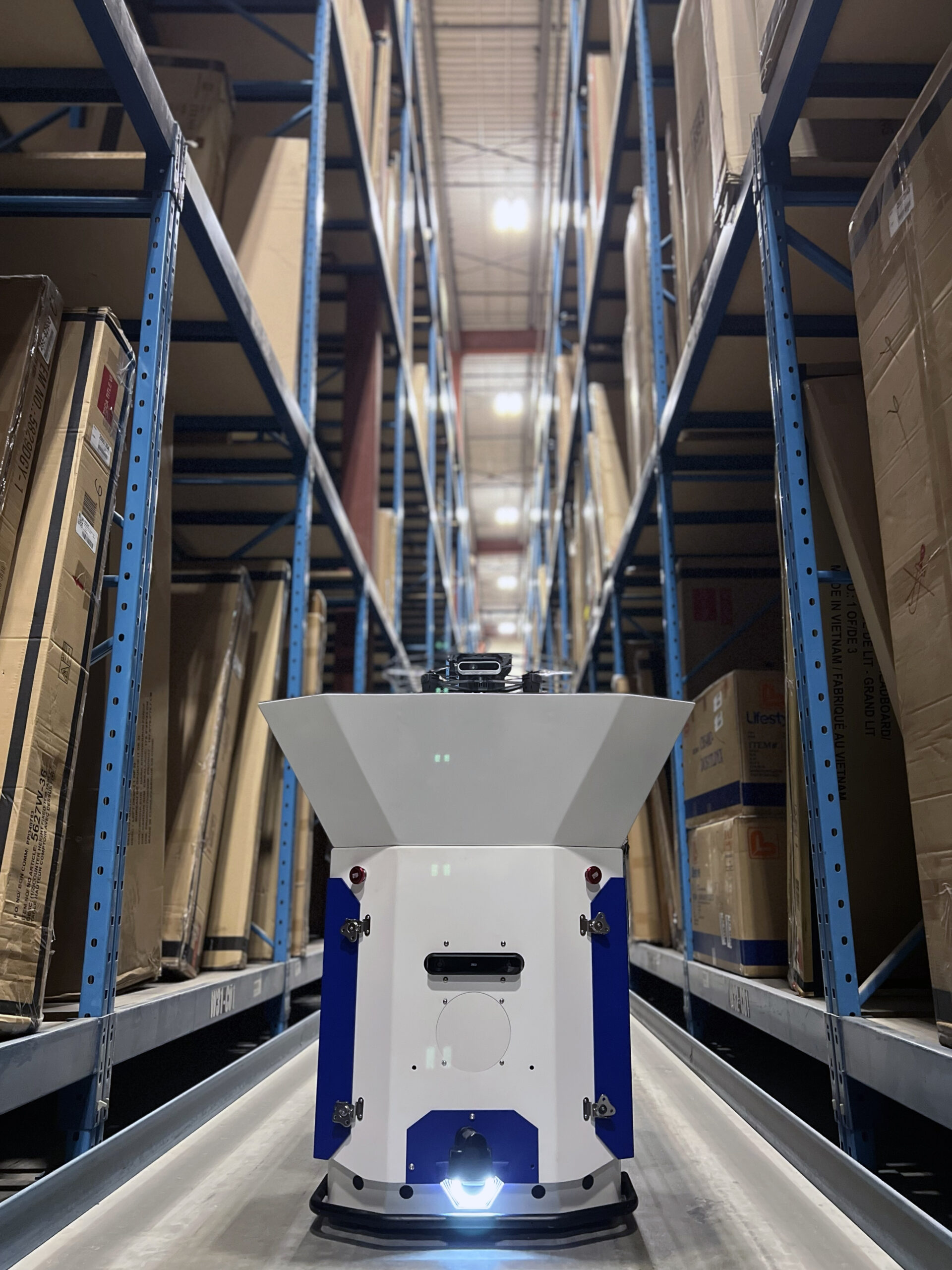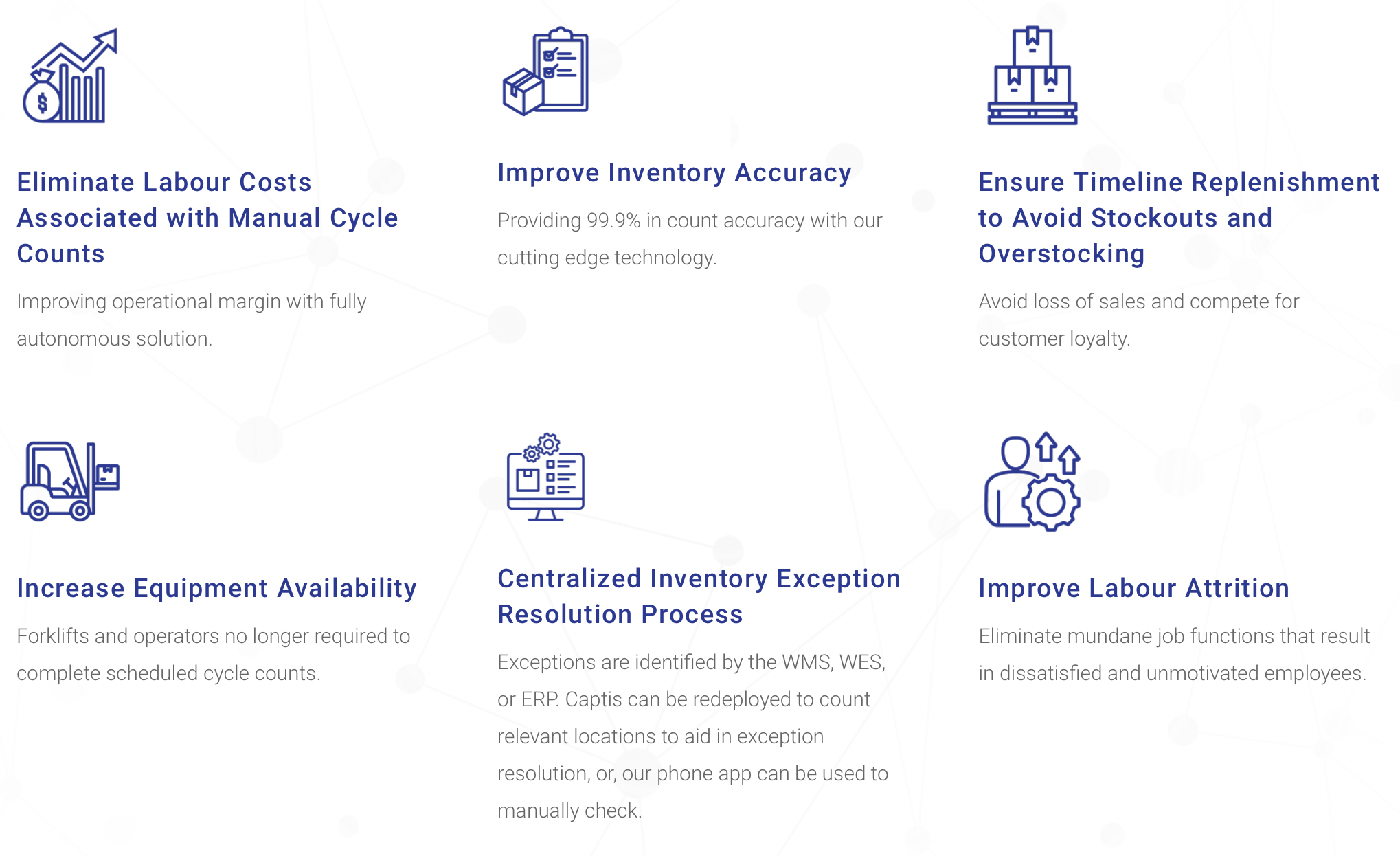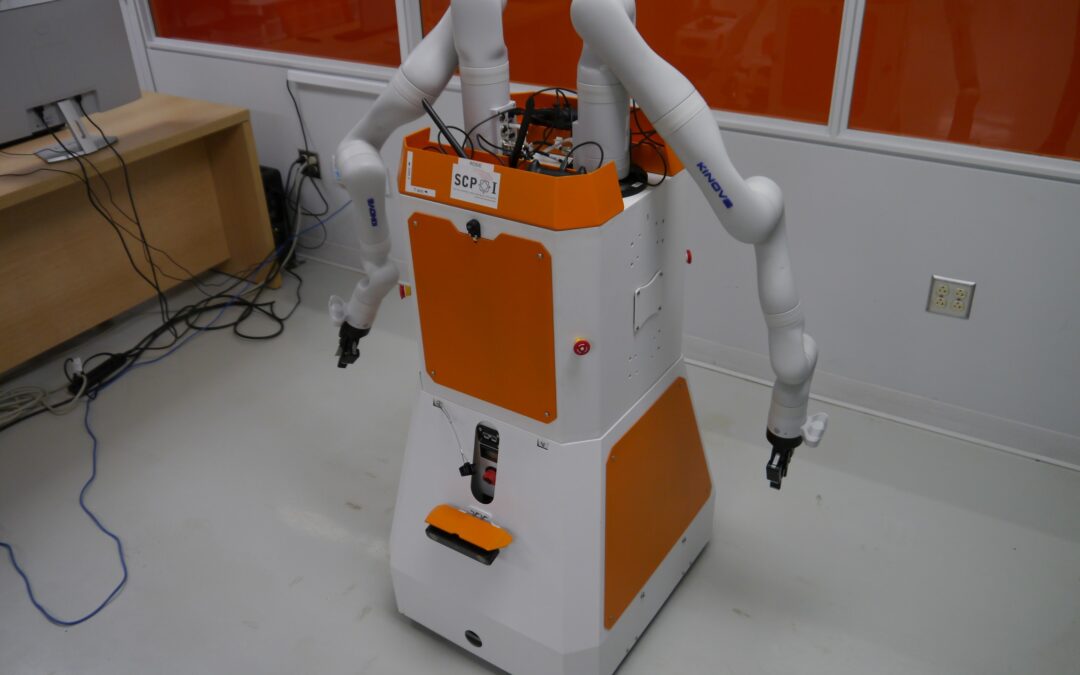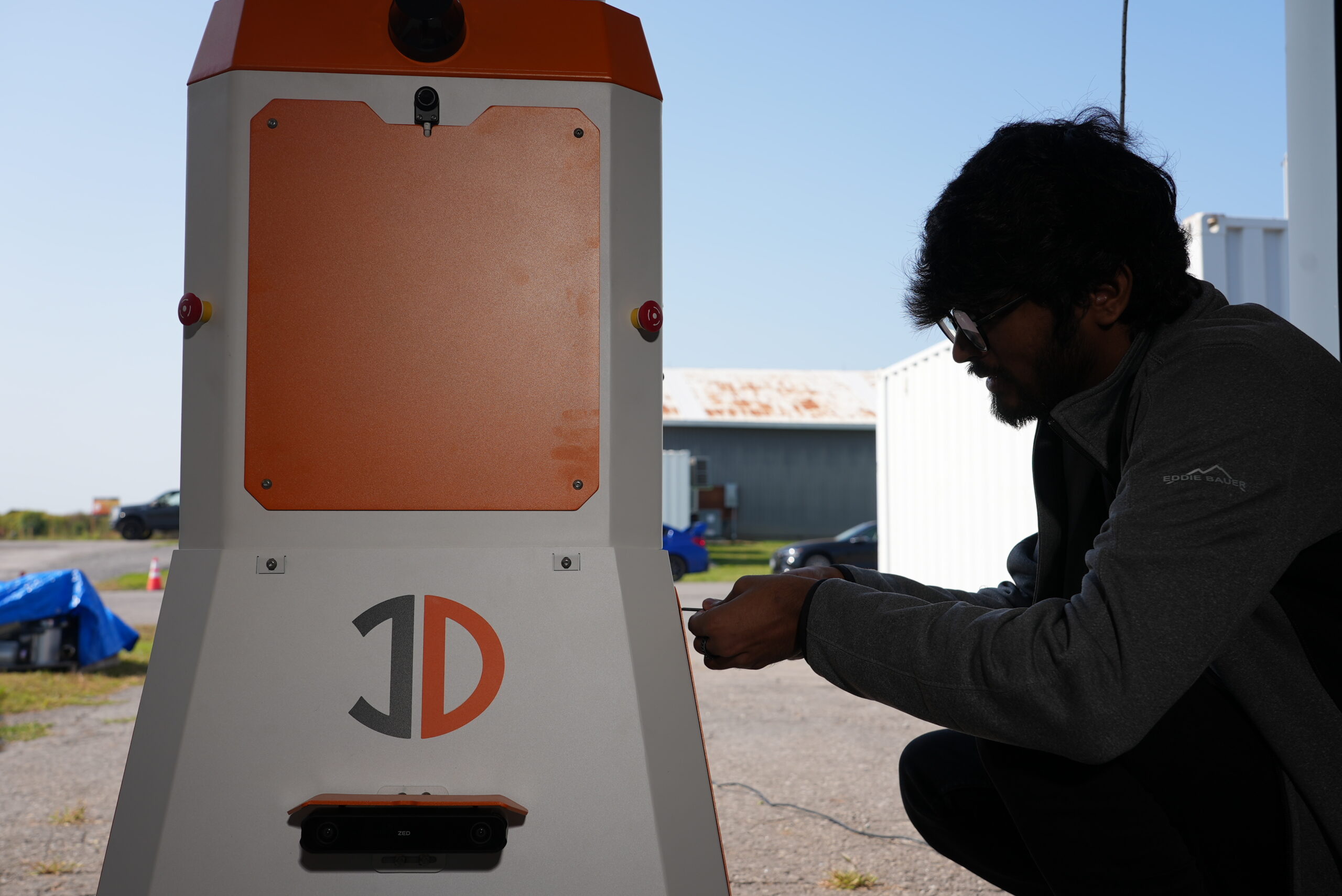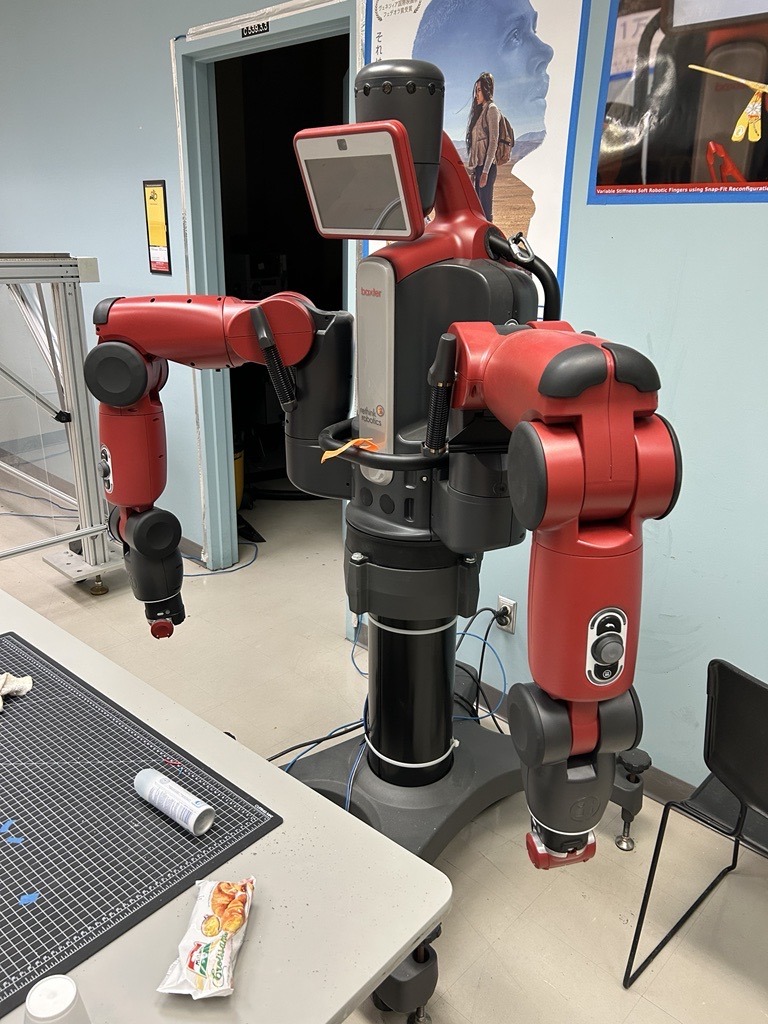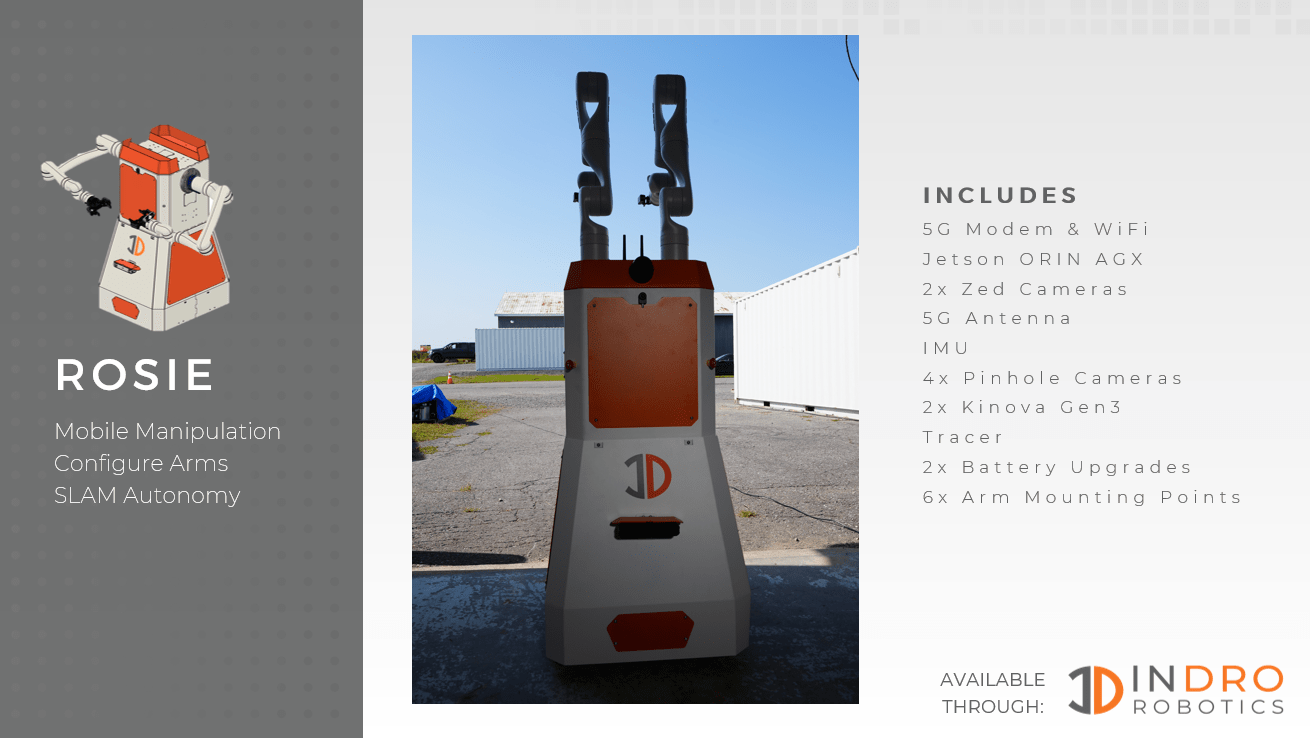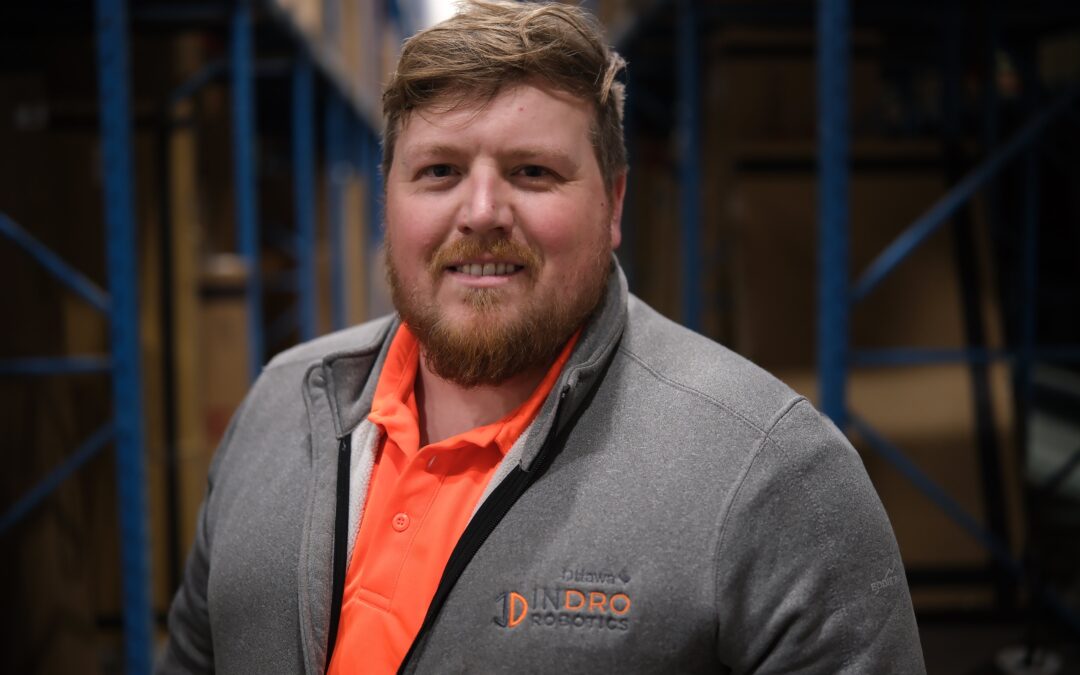
Meet InDro’s Engineering Manager Arron Griffiths: Roboticist & Foodie who’s learned from failure
By Scott Simmie
Looking for some authentic British fish & chips in the Ottawa area?
Well, come next spring there’s going to be a new food truck in town. “Spuds & Stuff” will offer fish & chips, poutine – plus some surprises not yet on the menu. The truck is being outfitted right now (well, not specifically ‘right’ now) and the plan is for it to be ready to go by then. It will also offer gluten-free fish & chips.
But perhaps the biggest surprise of all? The person behind the counter will be our Engineering Manager, Arron Griffiths.
“There’s actually a British Canadian flag on my food truck to symbolise it’s a British guy in Canada with his Canadian wife making, you know, homestyle fish and chips,” he says.
It’s symbolic not only of his love of cooking and food, but also his approach to life: Pursue your dreams, whether that’s robotics, cooking and meeting people – or a balance of both.
“I’m chasing, I’m following my dream, right,” he smiles.
And so he is. Which is also, coincidentally, what brought him to InDro Robotics.
Below: Arron Griffiths, left of centre (and standing next to InDro Robotics Founder/CEO Philip Reece, who’s wearing the jacket) with members of Team InDro at Area X.O
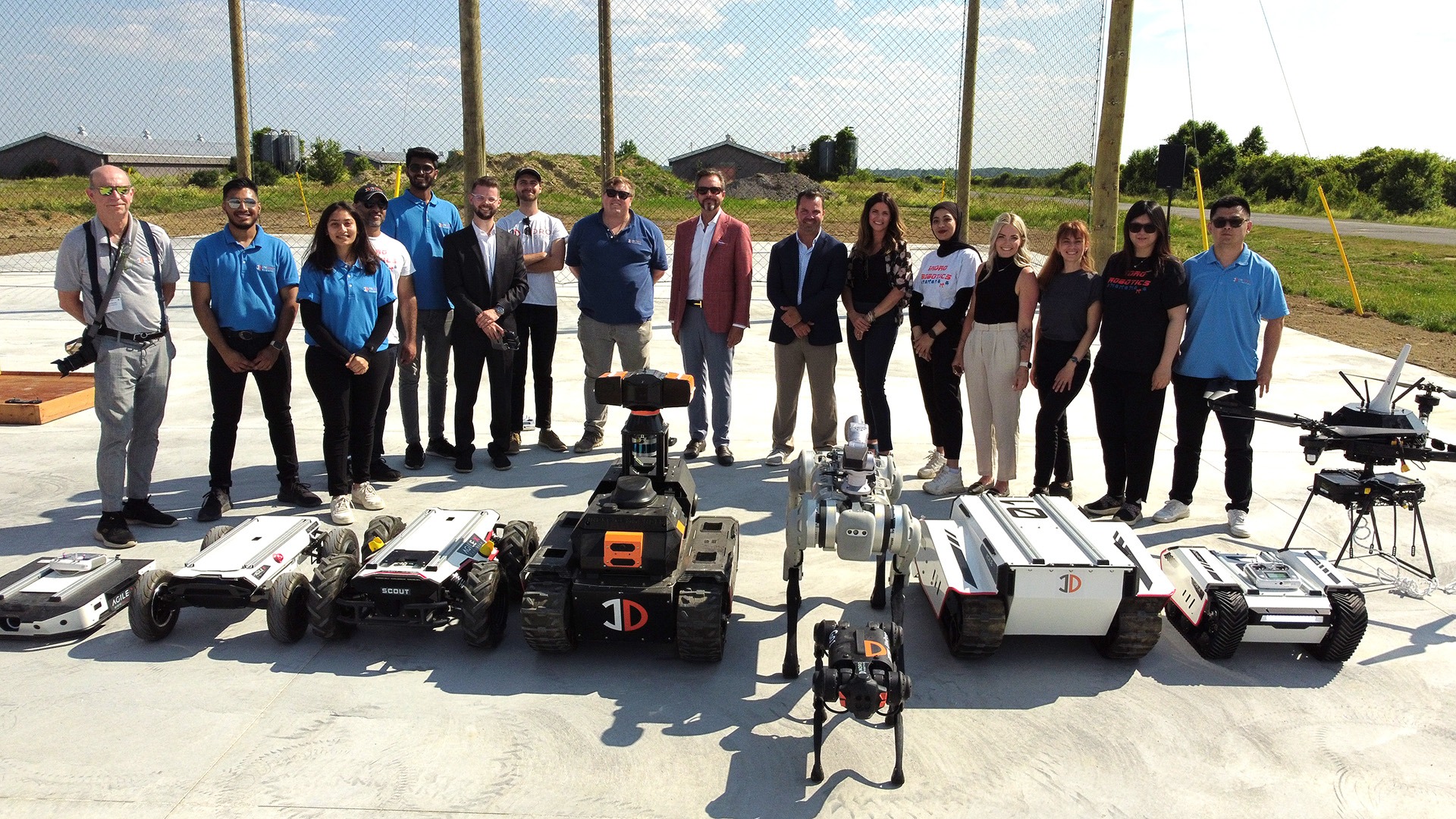
IN THE BLOOD
Born and raised in Birmingham, UK, technology is literally in Arron’s genes. Yes, he had an interest in Japanese animé as a child, which sparked his passion for robots. But he grew up in a household (and from a bloodline) of engineers, makers and builders that the family has traced back to 1740 – 20 years before the start of the Industrial Revolution.
Arron’s father was an engineer who brought the internet to major UK companies in the late 1980s and early 90s; Bill Clinton is even said to have sent him an email to mark the accomplishment. So the boy who would eventually become our Engineering Manager grew up in a house that always had the latest computers, was always plugged-in to the cutting-edge. His was the first family to have internet on its street.
But it wasn’t just his father.
“My father is an internet engineer and my grandfather was a welder by trade, and then his father was an engineer and we think his father was an engineer,” says Griffiths. “There’s a lineage on my dad’s side of engineers and skilled trades we believe going all the way back to being tinkerers or something.”
It’s not surprising that Griffiths knew from an early age that he wanted to someday work with robots. Design them, build them – and contribute toward a future where robots might one day perform mundane tasks at scale to give humans extra time to explore more fulfilling and creative tasks; to enjoy life more.
“I knew I wanted to do robots when I got older but everyone laughed at me. I was very much the weird kid in that sense.”
There would be a few bumps along the way. Though doing well in math and physics, Griffiths “meandered” a bit during one year at college in the UK, which he likens to senior high school. He did more than meander: He failed. And so he pivoted and attended a hands-on vocational school, where he learned about electronics and computers in control. He learned to code in C language and more. He was making things.
“I did well at the college because it’s very much what I was really interested in. And then at 19 I went to the University of Plymouth and started my BSc Bachelor of Science in Robotics,” he says.
He thought he had a pretty good grasp on all things technical, and – like many starting out in university – he enjoyed the party life and didn’t yet fully appreciate the commitment a demanding major requires. The result? He would once again fail – this time, during his second year.
“But it was actually a good thing that I kept failing,” he reflects. “I think, in hindsight, I probably thought I knew more than I did.”
SOUL SEARCHING
After that second failure, Arron knew he needed to be absolutely certain if he were on the correct path. So he took a trip to the US to reflect, traveling and exploring the east coast for a little over a month.
“And I was trying to find out if I really wanted to do this, if I really wanted to be a robotics engineer, if I had the skill set. Did I really want to do this?” he recalls.
Thankfully for InDro, he did. Arron returned to the UK and completed his degree in 2008 – not exactly the best year to go job-searching. With the help of his mother he stayed on at Plymouth University and completed his Masters degree. He also became deeply involved in the university’s robotic soccer team. In fact, his thesis was about building a robot goaltender.
“And my dissertation was you can never lose a football match if you never let a goal in – you can only ever draw or win. And then essentially I was like: So I’ve got to develop a goalkeeper that never lets a goal in, right?”
His work led him to be hired by the University after graduation to keep on working with the robot football team and be a teaching assistant in the lecture halls. That 1.5-year contract was extended another year, and soon Griffiths was traveling extensively.
“I went to Germany, Korea, Taiwan doing the competitions for this team. I learned a lot about bipedal robots and vision systems and autonomy and localizing. I was still learning – so it was almost like getting another degree.”
Exciting though that was, Griffiths knew he didn’t want to spend his career inside an institution. In some ways, being back in the lecture halls – even if he was the one giving the lecture – felt like still being trapped in school. He wanted more. And so he left Plymouth University and, briefly, found himself unemployed.
“If you’re listening, I fail a lot, right?” he laughs, “I fail and then I pick myself up.”
Below: Arron’s robotic goaltender and action. Like its creator, it too fails on occasion – but is a great example of his early work with machine vision and AI. (Side note: the CBC later did a feature on the University of Plymouth’s robotic football team.)
CUMBRIA TO CANADA
Determined to not only remain in robotics but find new challenges, he landed a job at the University of Manchester designing and building robots to be used in nuclear facilities, including submersible robots that could carry out fuel-rod inspections. The work took him to a remote location next to Scotland in Cumbria, because that’s where the nuclear facility was. It was there he was faced with the challenge of taking some strangers with high-level skillsets and building not only robots – but a team. It was called the RAIN Hub, where RAIN stands for Robotics and AI in Nuclear.
Arron’s big project there was to design and build a ground vehicle that could autonomously explore massive nuclear facilities and map any radiation contamination: A task that perfectly fits the Dirty Dull and Dangerous. Arron built the Carma for the task, using a Clearpath platform as the base. It also got him interested in the company. (Quick aside: He would also meet his future wife while working in that lonely outpost.)
He had a friend and supporter who worked at Clearpath and who put in a good word when a posting for Applications Engineer came up. Arron applied and received an offer – but there was a catch. The offer had an expiry date to accept, and Arron was still waiting for his visa to be able to work in Canada. It wasn’t clear if the visa would be in place in time to accept the offer.
It was close. With two weeks remaining, he got the paperwork – and prepared to scramble. He had about 10 days to pack up, sell whatever he could, and move to Waterloo.
Though heading to Clearpath, he was getting closer to InDro.
Below: the Carma in action.
CLEARPATH, COVID, CITIZENSHIP
In March of 2019, Griffiths arrived and, after finding his feet in Waterloo, started working at Clearpath. As Senior Applications Engineer, there was a lot of “client-facing” engineering.
“I would negotiate essentially what we would deliver and what they would get by when, because people have very grandiose ideas about robots about what they expect robots to be capable of doing. Sometimes I had to readjust those expectations by saying: ‘Do you have one million dollars?'” he laughs. “That’s also where I met Peter.” (He’s referring here to InDro Vice President Peter King.)
Arron’s second year at Clearpath was during COVID lockdowns, and he spent much of the year working from home. He was also reflecting on whether being a Senior Applications Engineer was the right job for him. That’s when Peter (by this point at InDro) called him up and asked Arron if he might be interested in a more senior position with a newer robotics company.
And that…is how Arron came to Area X.O.– where he’ll mark his fourth anniversary early next year, along with an impressive number of successful milestones.
Griffiths has overseen both the design and build of many projects (including a highly complex design and build for one of the world’s largest technology companies) – and scaled a very small engineering team to a large one. It’s been an utter transformation for InDro…and for Arron.
“When I first started, although I was Engineering Manager by title, I wasn’t by practice. I was very much the senior engineer doing operations and engineering. But in the last two years I very much feel like the Engineering Manager. I have a team of people that I delegate to. I do the tasking and the timing and the synching.”
He’s also shown an extraordinary talent in selecting people who gel in a collaborative team setting – and striking the perfect balance between hard work at the office and team celebrations like meals out, bowling, miniature golf. Striking that balance between being a manager and being a colleague/friend is like “walking a tightrope,” he says.
“When you’re celebrating people and the InDro accomplishments they’ve made, I’m very happy and jolly. But when you’re asking someone to get something done, you’re pretty dry and straightforward, right? That gives them an indication that this is not me as Aaron asking you, this is me as Engineering Manager saying, ‘Hey, these are the tasks we need to get done.’ So my mannerisms are different – I’m very matter-of-fact when I’m the boss and a bit more casual and emoji happy when I’m being me.”
OUTSIDE INDRO
Remember the Canadian woman he met while up doing that nuclear robotics work? Well, physicist Marisa Smith and Griffiths continued to make it work – even when she was living in the US and he was at Clearpath. Every two weeks, Arron would pack up and drive eight hours to and back from South Bend, Indiana, to see her.
They married during COVID – and would hold a more public ceremony where others could help celebrate in Jamaica in February of 2023. Both cat lovers, Arron says “Marisa is the smart one in the house.” He applied for Canadian citizenship and, earlier this year in an online ceremony, took his pledge.
“I did it because I wanted to be a Canadian – I wanted to feel like I belonged. I didn’t want to be a foreigner anymore,” he says. “I wanted to be part of the country.”
We are grateful he is. And we look forward to trying out his food truck (yes, that really is a thing) this coming spring.
If it’s as good as his robots and work ethic – and we’re confident it will be – there should be no shortage of customers.
Below: The day Arron received his Canadian citizenship in a virtual ceremony (note the elaborate pathways for cats on the walls – he and his wife are cat people). Image two: A celebratory graphic, created and posted internally. Image three: The food truck! Image four: Griffiths and his wife, physicist Marisa Smith (whom Arron refers to as “the smart one in the house”).


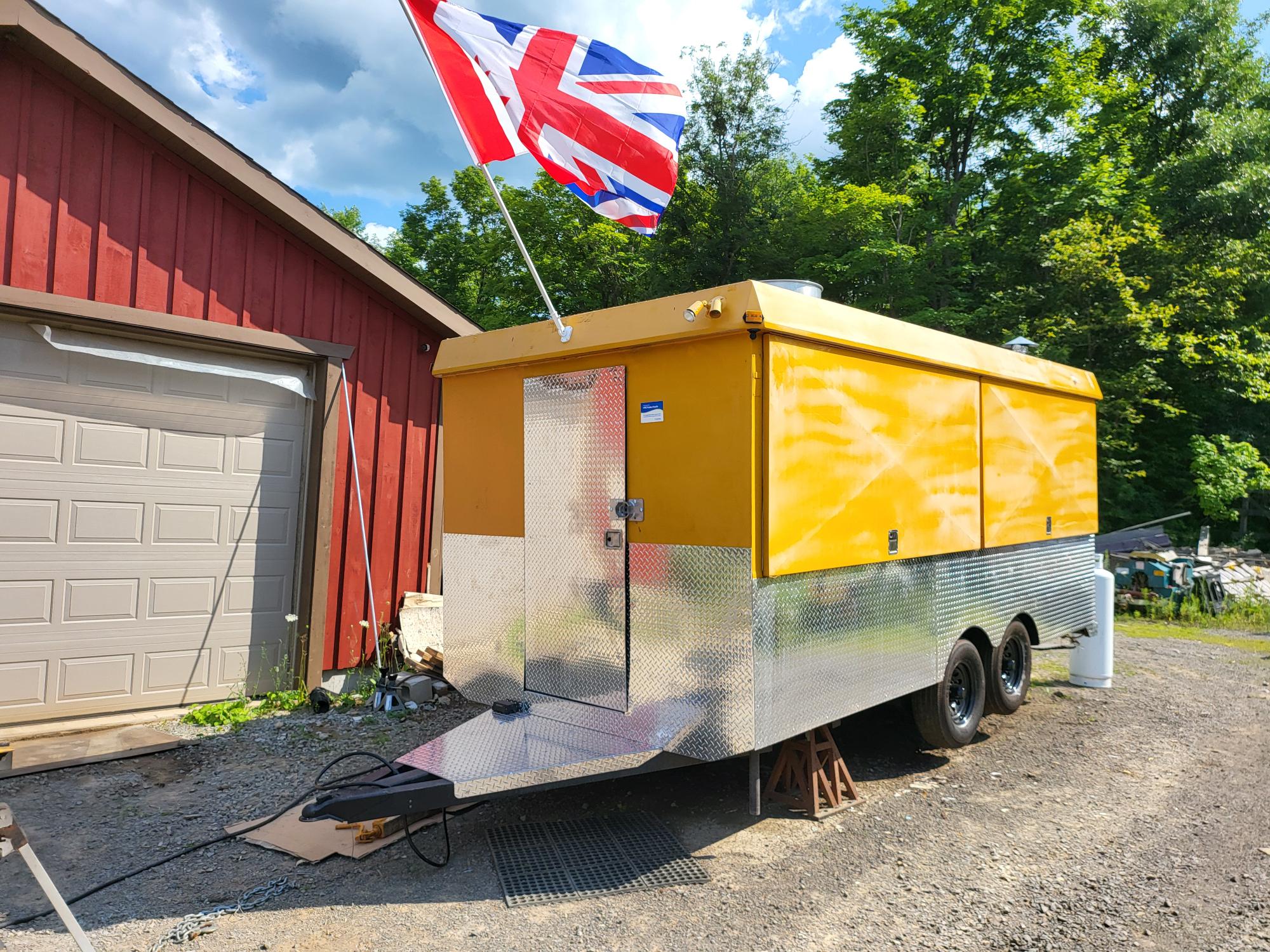

INDRO’S TAKE
We consider ourselves incredibly fortunate to have an engineering manager both as capable and as personable as Arron. He has contributed hugely to the growth and success of our Area X.O team, overseeing complex projects on tight deadlines while always ensuring he’s celebrating the accomplishments of others. He has created a special “InDro Kudos” chat channel, where every week he praises employees who have excelled at specific tasks.
“Arron is not only an outstanding engineer and roboticist – he’s also a tremendous manager and team leader,” says InDro Founder and CEO Philip Reece. “He is constantly mentoring others, sharing any and all skills to help move the company as a whole forward. I look forward to trying his fish & chips – and wonder how long it will be before he integrates a robotic arm in his operations.”
Vice President Peter King concurs.
“It was really fortuitous for the future of InDro Robotics that Arron and I met at Clearpath,” he says. “The intelligence, energy and enthusiasm that Arron brings to the job are incredible – and he’s behind so many of the InDro successes of the past several years. He’s the perfect person in the perfect position; an exact fit.”
We hope you enjoyed learning more about Griffiths. If you enjoyed this story, you might like this profile of two Area X.O employees who began their journey in India.
And, yes, we’ll tell you when his truck is ready.
Feature image at top of story by Scott Simmie, InDro Robotics




